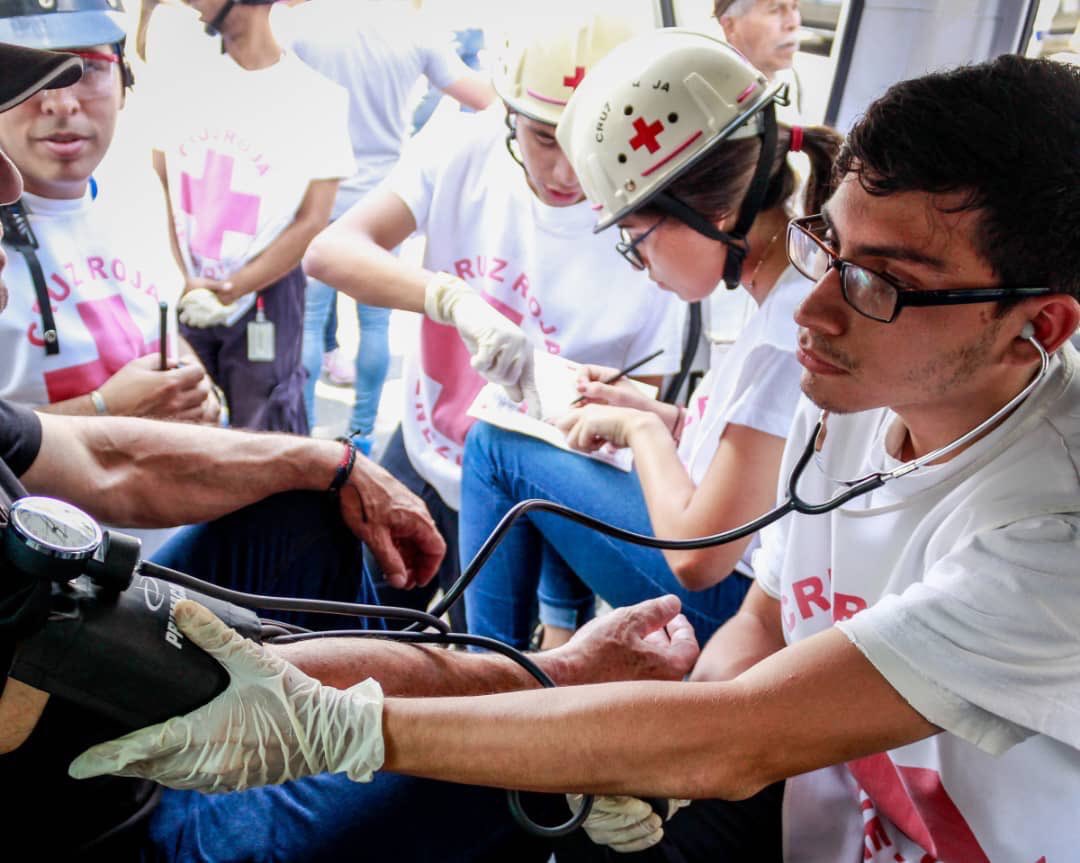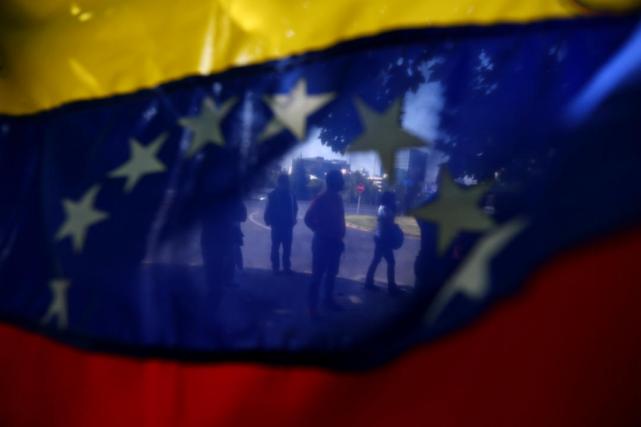The use of lethal force by State agents is a priority for several countries in the region. The Lethal Force Monitor is an initiative that emerged in 2018 and currently brings together six universities and four research centers from eight countries (Brazil, Chile, Colombia, El Salvador, Jamaica, Mexico, Trinidad and Tobago, and Venezuela). The project has compiled standardized indicators and methodologies to measure, analyze and understand the use and abuse of lethal force under a comparative perspective, with a view to finding evidence that serves as input for the prevention of abuses, as well as improving safety for both citizens and officials themselves. The monitor published its first report in 2019.
In this article, I present a summary of the main findings of the second regional analysis, published a few weeks ago, which we prepared together with fellow researchers and academics from the Violence Analysis Laboratory at the Rio de Janeiro State University, the Brazilian Forum on Public Security, the Center for Citizen Security Studies at the University of Chile, the Ideas for Peace Foundation, the Passionist Social Service, the University of the West Indies, the Legal Research Institute at the National Autonomous University of Mexico, and the Economic Research and Teaching Center (CIDE).
Finding reliable information that allows for the comparison of indicators has proven difficult. The cases of Chile, Venezuela, and Mexico were the most challenging due to the opacity of the official figures, revealing a lack of transparency in this topic in some States of the region.
According to the available official information, the prevalence of civilian deaths is extremely high in Venezuela, followed by Jamaica and Trinidad and Tobago. In the South American country, the absolute number of deaths due to the intervention of State agents is even higher than in Brazil, despite having a population almost seven times smaller. The number of civilians killed per 100,000 inhabitants exceeds 16.6 in Venezuela, a figure higher than the overall homicide rate in most countries of the world. For its part, Jamaica exhibits a rate of 5 civilians killed per 100,000 inhabitants in 2018, and Trinidad and Tobago 3.6. Only Colombia and Mexico registered figures below 1, but their data is not reliable. Chile did not even provide information to make this comparison.

Regarding the State agents victims of homicide in the exercise of their functions, the situation is different. Mexico is the country with the highest absolute number of victims (210) and the second-highest rate per 1,000 agents (0.59), the first being Trinidad and Tobago (0.87). Venezuela comes in third place (0.3), even though the source for this figure is media reports.
The indicators for the abuse of force reveal a worrying scenario in several of the countries studied. The most extreme case is Venezuela, where more than a third of homicides are due to the intervention of State agents, followed by Jamaica with a substantially lower figure (9.6%), Trinidad and Tobago (9.29%), Brazil (9.10%), and El Salvador (6.4%). It should be noted that the maximum acceptable level is 10%, and anything above it is associated with excessive use of force. Only Colombia and Mexico exhibited low figures (1.5%), which casts doubt on the reliability of their data.

The ratio between civilians killed to public agents killed reaches alarming values in Brazil, where 114 civilians were killed for each agent. The value is lower in Jamaica but still very high: 86 civilians killed for each agent, followed by El Salvador with 39. Venezuela exhibits a very high value for this indicator (40), according to media sources. Therefore, the existence of significant underreporting should be considered.
The lethality index for civilians ( defined as the ratio of civilians killed to civilians wounded) reached alarming levels in Venezuela with 59.7 deaths for each wounded civilian, even though the data comes from media sources, which tend to overestimate this indicator. Unfortunately, no official information was available. When only official data is considered, El Salvador leads the ranking with 2.6, followed by Mexico with 2.3, and Trinidad and Tobago with 1.59. All of them beyond the accepted threshold of 1.
The ratio between the lethality index of civilians and the lethality index of public security agents presented similar problems. According to the systematization of media sources, El Salvador shows the higher figure (103.3), followed by Venezuela (43.7). This would mean that the lethality caused by State agents is 100 times higher than the lethality caused by their adversaries in El Salvador and more than 40 times higher in the case of Venezuela. In other words, a high lethality ratio suggests that the use of lethal force by the State is not proportional to the risk that public agents confront in their jobs. When only official data is considered, El Salvador continues to lead (7.18), followed by Trinidad and Tobago (3.18) and Mexico (2.72), all of them beyond the accepted threshold of 1 above 1.

Incomplete data
In summary, the information obtained by this study allows two conclusions. The first is the limited transparency regarding the use of lethal force in Latin America and the Caribbean, which calls to demand the regular release of relevant data that allows specific monitoring of these cases. The second conclusion is that the findings point to the excessive use of force in several countries in the region. Venezuela is in the most dramatic situation, followed by Jamaica, Trinidad & Tobago, Brazil, and El Salvador. All the countries analyzed exceed the accepted threshold in at least one of the indicators for abuse of force, including Chile, Colombia, and Mexico, whose information was sometimes non-existent, incomplete, or unreliable. Therefore, governments and civil society must seek to modify this serious scenario.
As in 2019, the cases of Mexico and Colombia stand out once again for the non-existence (in the first case) or little reliability of the official data (in the second case), which fail to reflect reality or the magnitude of the phenomenon in these countries. In addition, the context of war, as well as the existence of armed groups of diverse nature -formal and informal, legal or illegal; that sometimes merge or appear indistinguishable from each other- merits a much more complex analysis given the difficulties in compiling the indicator and obtaining more precise information to allow a clearer overview of of the use of lethal force in both cases. With better information, the comparative gaps shown in the report between these two countries and Venezuela could be smaller.
You can download the regional report HERE
Translated by Jose Rafael Medina




